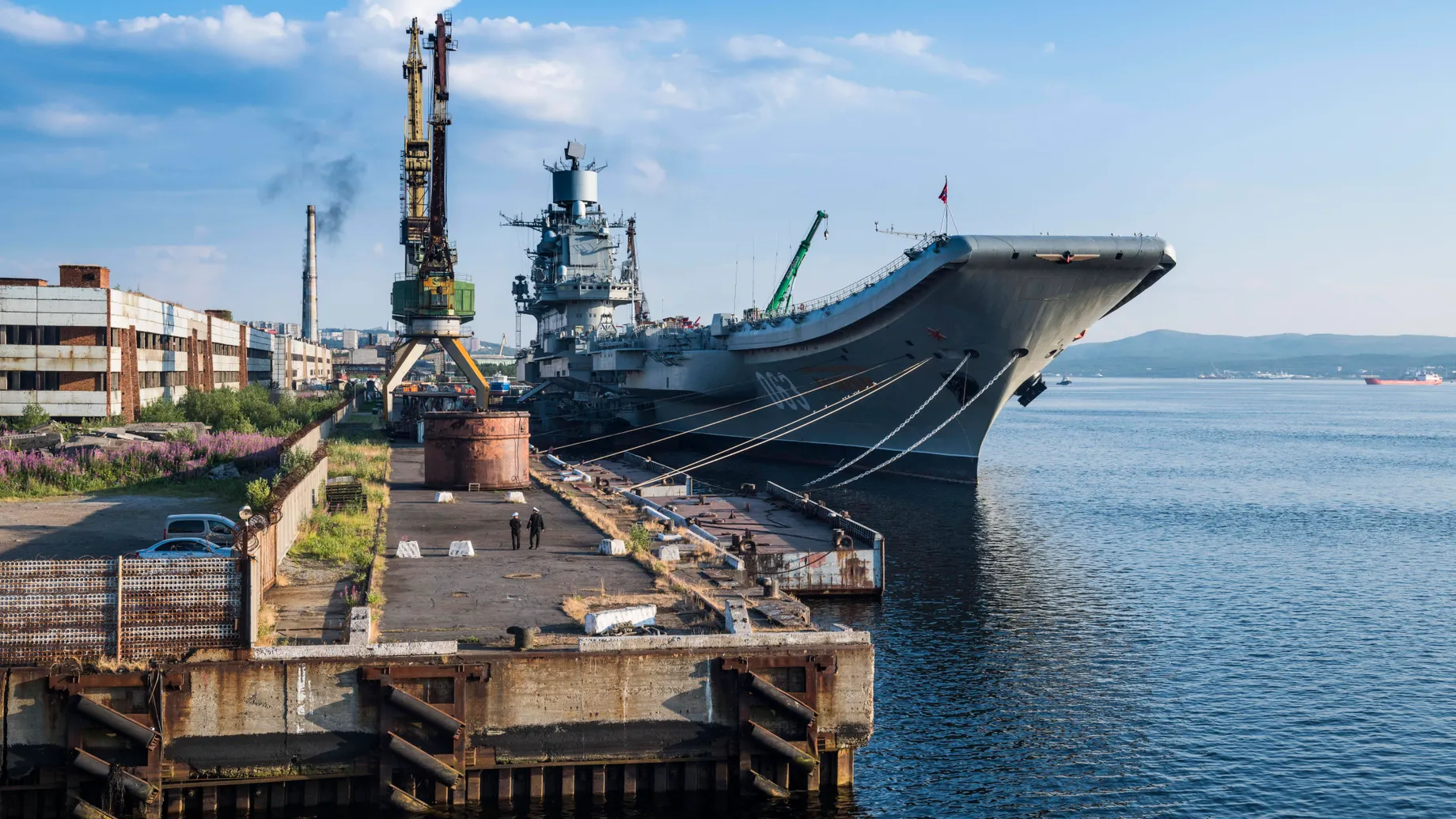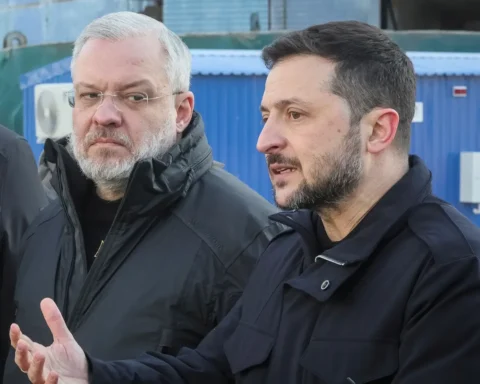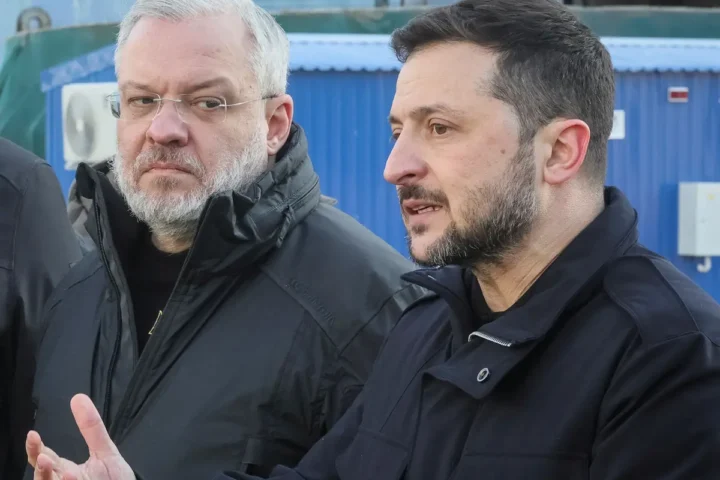According to both Russian and Western sources, the fate of Russia’s only aircraft carrier, Admiral Kuznetsov, is nearing its conclusion. The much-troubled vessel, plagued by accidents and failures for over three decades, is now likely to be decommissioned and scrapped. As Der Spiegel reports, citing the Russian newspaper Izvestia, all repair and modernization work has been halted, and officials are now discussing the ship’s final fate.
Rusting Away Instead of Sailing
At a naval base of the Northern Fleet near Murmansk, the Admiral Kuznetsov sits idle, rusting at the pier. Before arriving at Dock No. 35 for repairs, the ship had already endured a series of disasters: fires, crane collapses, aircraft losses, and even the sinking of the floating drydock used for its maintenance.
Now, according to Izvestia, representatives from the Navy and Russia’s United Shipbuilding Corporation are debating what to do with the vessel. Scrapping it entirely is one of the options. No official decision has yet been announced, but experts believe the end is inevitable.
An Outdated Behemoth from Another Era
Former Pacific Fleet commander Sergey Avakyants, who retired in 2023, stated that traditional aircraft carriers are no longer necessary for Russia. In his view, such ships are “obsolete, expensive, and highly vulnerable.” In modern warfare, they can be destroyed in minutes by advanced weapons. The future, Avakyants argued, belongs to unmanned platforms and robotic systems.
His view is echoed by Sarah Kirchberger, Director at the Institute for Security Policy at Kiel University. In an interview with Der Spiegel, she described the potential decommissioning of the Admiral Kuznetsov as “unsurprising.” She explained that, given “the technical difficulties and high costs of a refurbishment with uncertain results,” retiring the ship is a logical decision—especially in light of the Russian Black Sea Fleet’s recent experiences with the vulnerability of large surface ships to drones and missiles.
A Symbol Without Strategic Value
Aside from its symbolic value, the Admiral Kuznetsov has never played a vital role in Russian military strategy. Unlike Russia’s nuclear submarine fleet, the carrier has had no real impact on power projection. Even within the military, the ship was reportedly viewed with little prestige. According to Western observers, serving aboard the Kuznetsov was seen not as an honor, but as a punishment.
The ship’s history is filled with name changes and lost ambitions. Laid down in the 1980s in Ukraine under the name Riga, it was later renamed Leonid Brezhnev, then Tbilisi, and finally—just before the collapse of the Soviet Union—Admiral Kuznetsov, in honor of the Soviet naval commander Nikolai Gerasimovich Kuznetsov.
After the USSR dissolved, Russia rushed to secure the ship and prevent it from falling into Ukrainian hands. Ukrainian President Leonid Kravchuk had even claimed the carrier as Ukraine’s property in a telegram. But the Russians managed to relocate it to Vidyayevo near Murmansk. Ukraine, unable to intervene, could only watch. A sister ship that remained unfinished was later sold to China.
The One and Only Combat Mission — A Failure
The Admiral Kuznetsov first entered active deployment in 1996 during exercises in the Mediterranean, after which its propulsion system required repairs. In 2000, it assisted in the recovery operation of the sunken submarine Kursk. The carrier also participated in several Atlantic and Mediterranean maneuvers in 2003, 2004, and 2008.
In 2009, a fire broke out on board, killing at least one person. But the most infamous episode came in 2016, during its first and only real combat mission. The ship was deployed to the Mediterranean as part of Russia’s military intervention in the Syrian civil war, supporting Bashar al-Assad’s forces.
However, the carrier lacks catapults for aircraft launches. Instead, jets must use a ski-jump ramp to take off—greatly limiting the payload they can carry. During the mission, a MiG-29K and a Su-33 crashed near the ship. The remaining aircraft were transferred to a land base. A Russian think tank later called the operation “a complete failure.” The ship returned home, trailing a thick plume of black smoke—caused by improperly heated heavy fuel oil (mazut).
A Modernization Project Turned Disaster
After returning from Syria, the ship was scheduled for long-overdue modernization, with completion expected by 2021. But in October 2018, the floating drydock where work was being carried out sank. A 70-ton crane collapsed onto the ship’s deck, causing serious damage.
More misfortunes followed. In December 2019, a major fire broke out during welding work, killing two people. Another, less severe, fire occurred in December 2022.
In March 2024, Russian intelligence claimed that Ukraine was planning a sabotage operation against the carrier. Meanwhile, part of the ship’s 2,000-strong crew had been reassigned to fight in the war on land.
Final Mission — On the Big Screen
It seems the Admiral Kuznetsov’s last appearance was cinematic. The ship features for just a few seconds in the 2025 Mission: Impossible film Dead Reckoning Part Two, starring Tom Cruise.
And that may well be the last time the world sees it. The likely scrapping of the Admiral Kuznetsov could symbolize the broader collapse of Russia’s military ambitions—ambitions increasingly out of step with economic and technological reality.
This article was prepared based on materials published by Der Spiegel. The author does not claim authorship of the original text but presents their interpretation of the content for informational purposes.
The original article can be found at the following link: Der Spiegel.
All rights to the original text belong to Der Spiegel.


















